Uncategorized
-
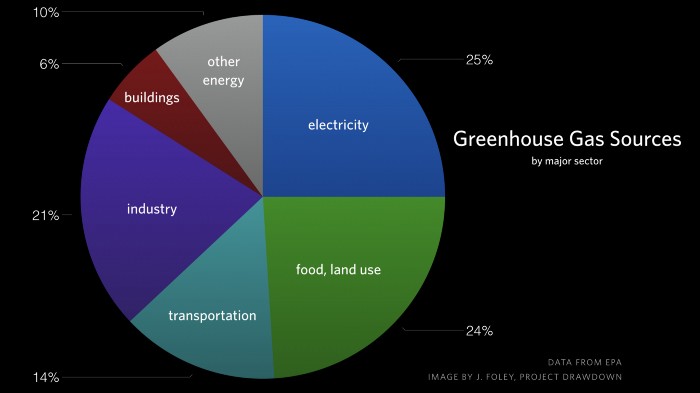
A new IPCC report was released yesterday, and it has caused quite a stir in the international media. We know that agriculture, both crop and livestock production, can contribute to the increases in greenhouse gases in the earth’s atmosphere which will result in warming and other related changes in climate that will affect us all…
Posted in: Uncategorized -
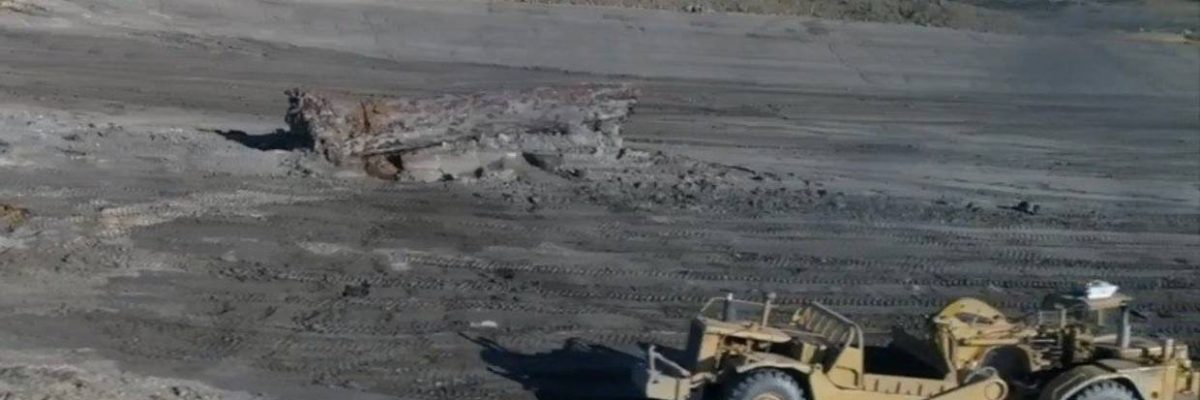
In the news today (see first story below) was a story that we can put a dent in climate change by planting billions or even trillions of trees, which will absorb and store carbon dioxide. While that will help slow the increase in CO2 in the atmosphere, it really only buys some time, since the…
-
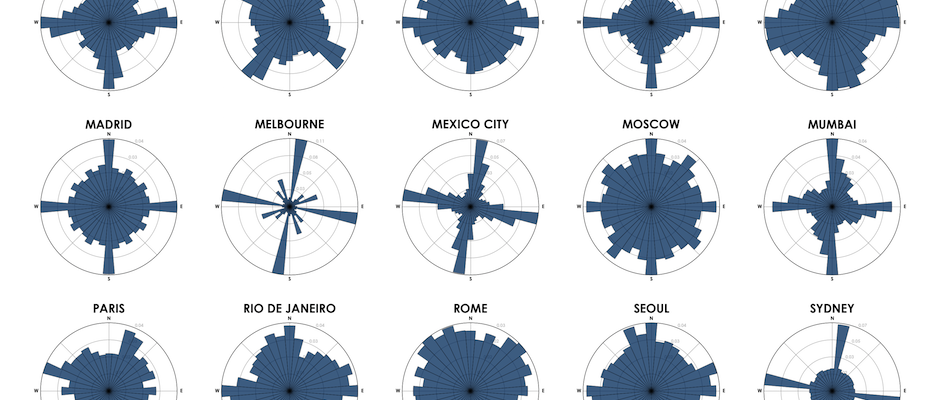
In climatology we use wind roses to show the distribution of winds from different directions over time. Here is an interesting article which uses the same technique to describe the orientation of streets in different cities around the world. I grew up in the flat Midwest where most streets were on a regular grid, but…
Posted in: Uncategorized -
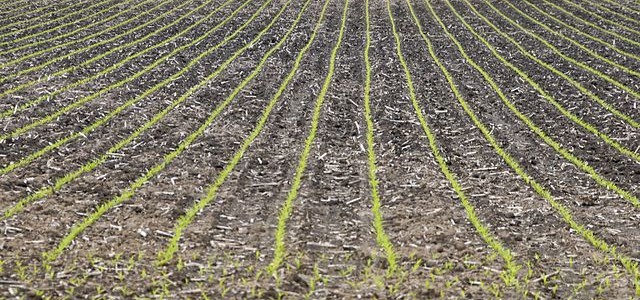
The heavy rain in the central US has caused huge problems for farmers in the Corn Belt, according to a story in Growing Georgia this week. According to the story, as of Sunday, only 49 percent of corn was planted, 31 percent behind the national average. This is the slowest start to the season in…
-
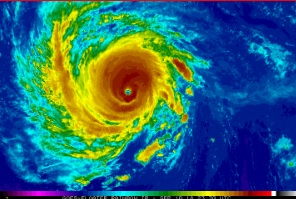
The National Hurricane Center released the last report of the 2018 season, covering Hurricane Florence. Florence caused tremendous damage to North and South Carolina due to heavy rain from the slow-moving system, which caused massive flooding and 22 direct and 30 indirect deaths from the storm. The damage was estimated at $24 billion. You can…
-

Here is a very interesting story in Gizmodo Earther about the decline of a rare conifer called Torreya Taxifolia, which is found in only a few isolated spots in the Florida panhandle and southwest Georgia. These trees are remnants of the last Ice Age forest, when many tree species were pushed south by the combination of…
-
The latest outlook for April 2019 was released today. It shows that the temperature for April leans towards warmer than normal values across the region. Precipitation leans slightly towards higher than normal rainfall in the southern half of the region but no clear indication exists in northern areas.
Posted in: Uncategorized